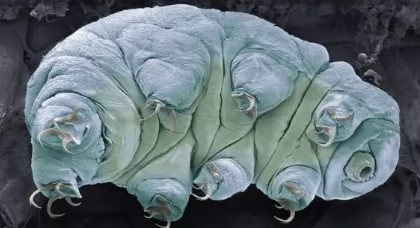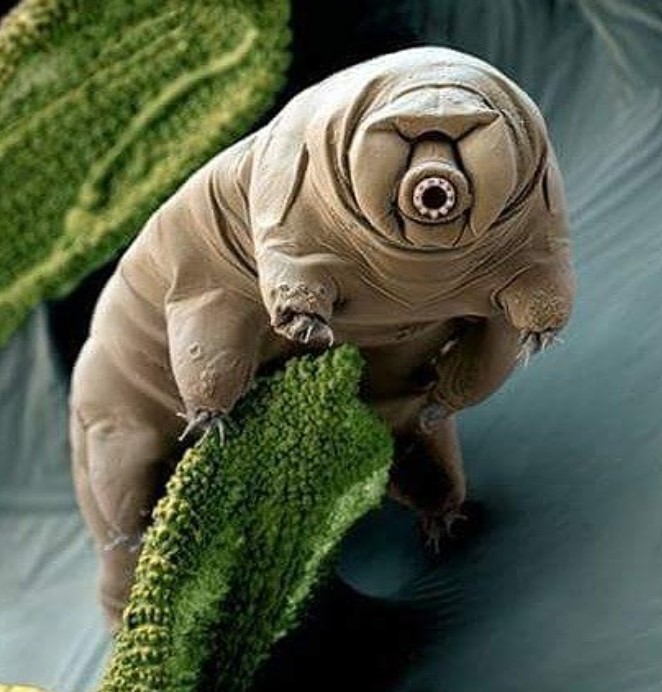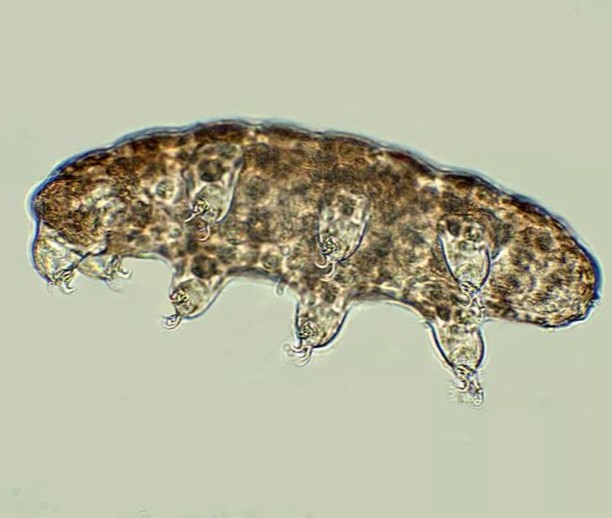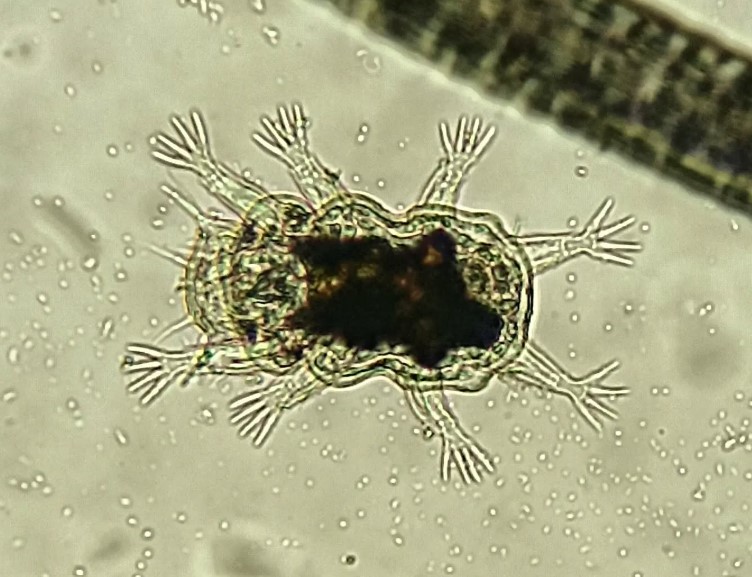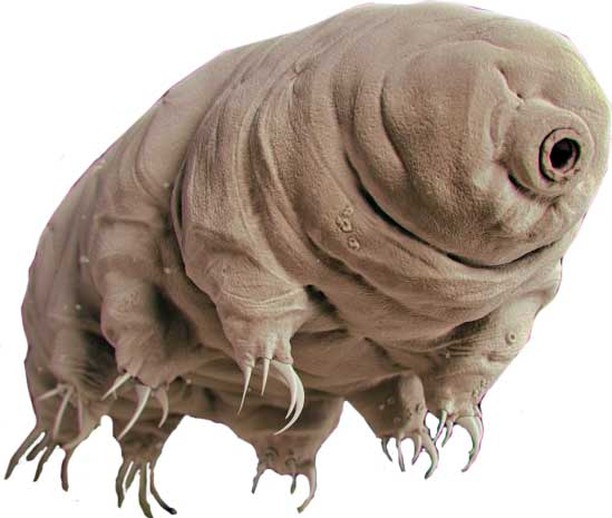Tardigrades, affectionately known as ‘water bears’ or ‘moss piglets’, may be among the tiniest animals on Earth, but their resilience is anything but small. These microscopic invertebrates have long fascinated scientists for their astonishing ability to endure extremes that would kill almost any other life form – including the vacuum of space.
In a series of remarkable experiments, tardigrades have been sent to the International Space Station and even exposed to the vast emptiness of outer space. Deprived of air, water, and shield from intense solar radiation for days, these creatures remarkably survived – and researchers are steadily unravelling how.
When conditions become unbearable, tardigrades can enter a state known as cryptobiosis – a form of suspended animation. In this hibernation-like state, they dehydrate completely, essentially halting their metabolism. Once moisture returns, they rehydrate and resume life as if nothing had happened.
Key to their endurance is a protein dubbed ‘Dsup’ (short for damage suppressor), which wraps around their DNA and protects it from radiation damage. This molecular shield acts like biological armour, absorbing and deflecting harm that would normally be lethal.
++ Shy yellow boxfish and banded pipefish filmed exploring reef together
New findings from the University of Stuttgart lend support to the so-called ‘Sleeping Beauty’ hypothesis, which suggests that tardigrades don’t just pause their metabolic activity – they may also freeze their biological ageing clock. In the wild, a tardigrade may only be active for a few months, but its lifespan can stretch across decades, thanks to long periods of dormancy.
A 2024 study spotlighted a recently identified species, Hypsibius henanensis, revealing further clues to their resilience. Researchers discovered that this species produces betalain pigments – natural compounds more commonly found in beetroot – which help neutralise ultraviolet radiation. The study also identified a protein that accelerates DNA repair, offering further insight into how tardigrades maintain their cellular integrity under duress.
++ Herpes virus rapidly reprogrammes human DNA within an hour
As scientists continue to explore the 1,300 known species of tardigrade, the focus will be on determining whether these survival traits are shared across the group or unique to specific strains. Either way, these pint-sized pioneers are proving to be some of the hardiest life forms in the known universe – and they’re not done amazing us yet.

